Crete Mediterranean Forests
The ecoregion’s land area is provided in units of 1,000 hectares. The conservation target is the Global Safety Net (GSN1) area for the given ecoregion. The protection level indicates the percentage of the GSN goal that is currently protected on a scale of 0-10. N/A means data is not available at this time.
Bioregion: Aegean Sea & East Mediterranean Mixed Forests (PA18)
Realm: Western Eurasia
Ecoregion Size (1000 ha):
821
Ecoregion ID:
789
Conservation Target:
36%
Protection Level:
10
States: Greece
From white sandy beaches to extensive cave networks, sink-holes, and ravines in the rugged white mountains, there lie a huge variety of flora including the very endangered Cretan Zelkova tree. The most famous ravine in Crete, Samaria gorge, with its steep and imposing vertical rocks is one of the last two places where the rare and endemic Cretan wild goat Kri-Kri is still found. Numbering less than 3,000 individuals, Kri-kri are particularly fond of the secluded hollows of the steep mountainside.
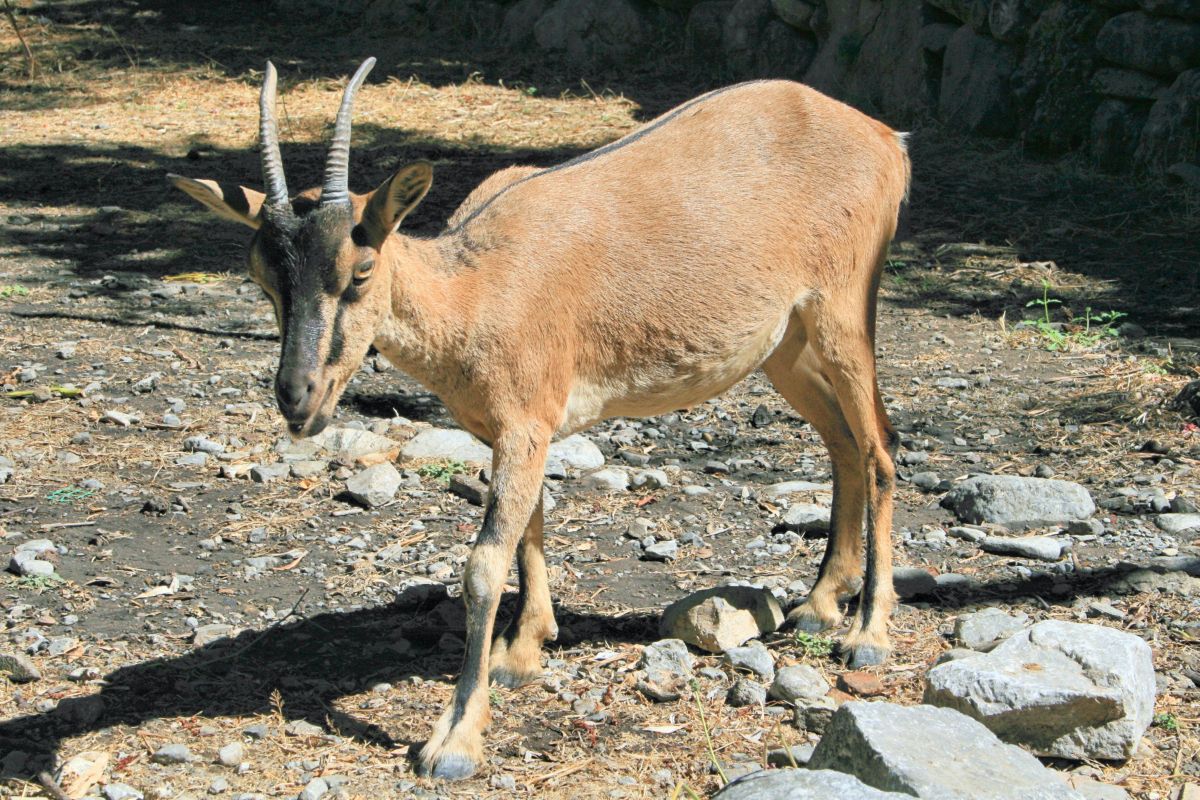
The flagship species of the Crete Mediterranean Forests ecoregion is the Cretan wild goat. Image credit: Creative Commons
Crete is the fifth largest island of the Mediterranean Basin and the ecoregion which encapsulates the whole island is restricted to high mountain ranges (Lefka Ori, 2,452 m; Idi Oros, 2,456 m; Dikti Oros, 2,148 m), hills, and low plains of the island. Climatically, the ecoregion is characterized by a sharp altitudinal gradient.
Warm and dry low plains have an average annual temperature of about 17–19°C, with total rainfall of less than 300 mm in the south-eastern part of the island, while cold and humid higher elevations have an annual average temperature of about 9-13°C, with total rainfall of up to 1,400 mm. The wide altitudinal range of this ecoregion results in several forest zones.
The lowest elevations are distinguished by sclerophyllous evergreen and semi-deciduous oak forests (kermes oak, downy oak), "maquis" of carob, Phoenician juniper, and tree-spurge. Cretan date palm, near-endemic to Crete, occurs in a few ravines of the easternmost coastal part of the island (e.g. Vai bay). The highest elevations host impressive cypress woodlands, where the endemic Cretan maple frequently grows. Above the treeline, extensive thorny cushion-shaped shrublands occur and support many endemic species.
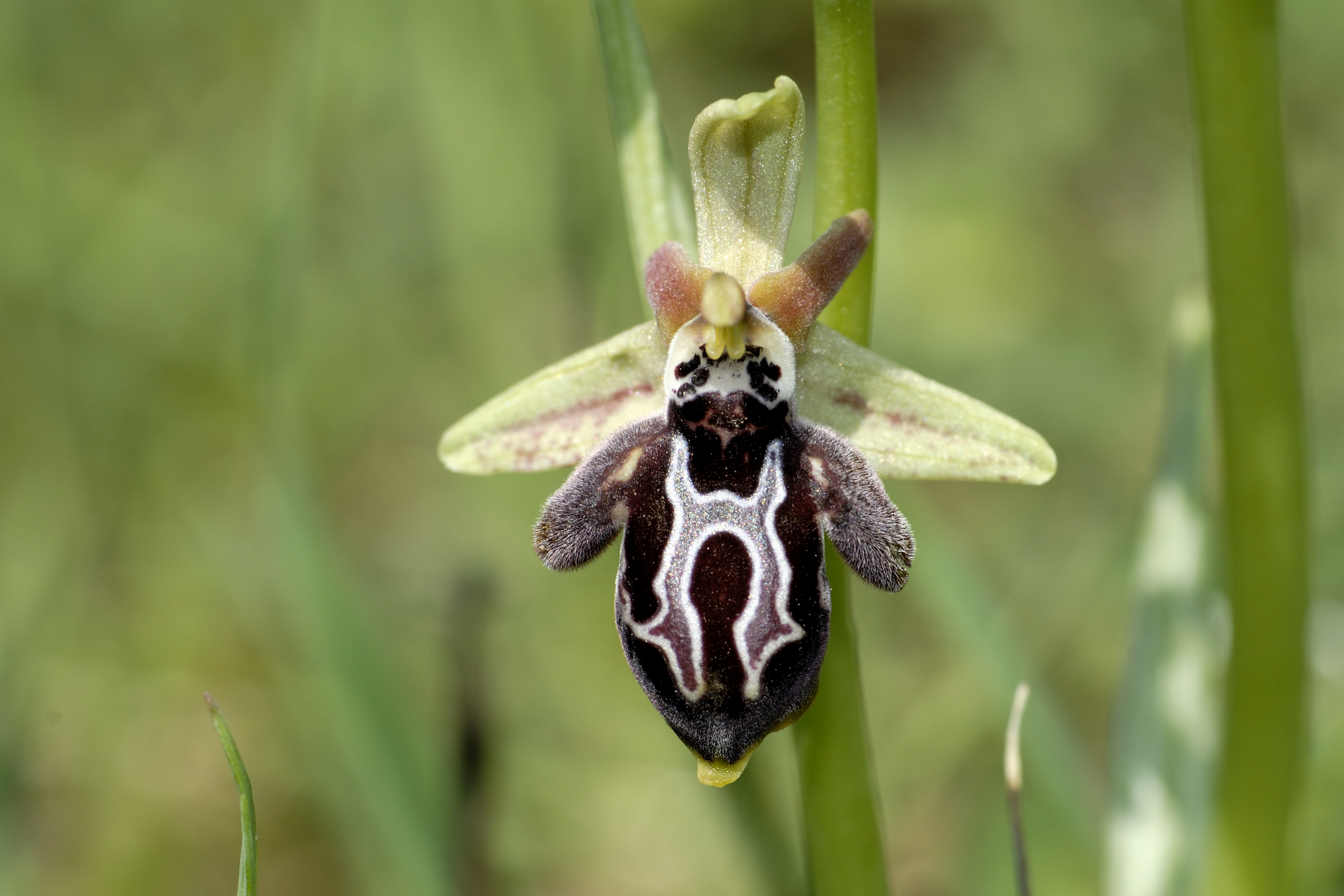
Ophrys cretica orchird. Image credit: Hans Stieglitz, Creative Commons
The plant endemism rate of this ecoregion is about 10% from a total indigenous flora of 1,600 species. Most of the endemic species are ancient relics found on the three main mountain ranges, particularly Lefka Ori. Among the most significant endemic plants is the rare and very endangered small tree, Cretan zelkova, as well as Cephalanthera cucullata, Centaurea baldaccii, Campanula hierapetrae, and Orchis prisca.
While faunal diversity for this ecoregion is significant, endemism is low. Two small mammals are endemic to the island, a shrew and a Cretan spiny-mouse. These forests are considered to be an important Center of Bird Diversity. The high mountains are one of the last strongholds of the endangered lammergeier, golden eagle, Bonelli’s eagle, bearded vulture, and Eleanora’s falcon.
.jpg)
Bearded vulture. Image credit: Tambako, Flickr
Traditional grazing continued for decades up until the 1950’s when traditional agricultural practices were abandoned and increased mechanisation occurred along with the expansion of monocultures of olives and citrus, increasing the use of pesticides and homogenizing farming. Due to these anthropogenic changes, land use started changing dramatically. Large-scale vegetation degradation due to overgrazing and forest fires leading to soil erosion. Barren land, with almost non-existent soil cover, and degraded shrublands are the predominant landscapes of the island.
The island has also experiences a long history of timber extraction, including cypress trees. Much of the ecoregion remains protected within special protection areas under the Birds Directive, including Asterousia Ori (Kofinas) and Ori Zakrou, and in National Parks including Samariá Gorge.
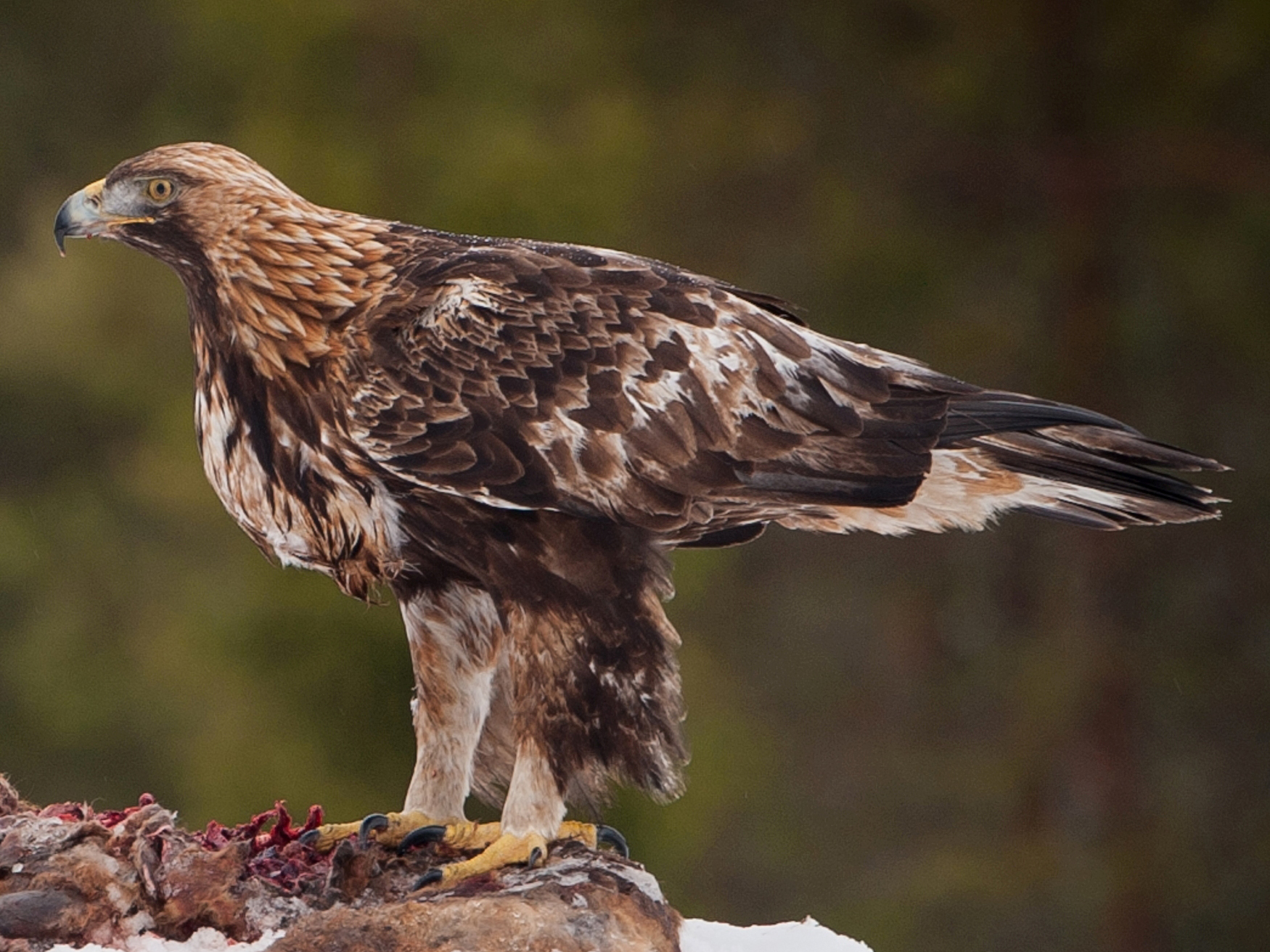
Golden eagle. Image credit: Jarkko Jarvinen, Creative Commons
There is a high potential of human impact, mainly due to mismanagement of pastures and livestock overgrazing in mountain areas, growing tourism development in the northern coastal zone (mainly house building), and wildfires and intensive agriculture in the southern coastal zone (increased use of pesticides and land clearance).
Plant harvesting may be a long-term threat to some endemic plants. Timber harvesting and the conversion of forest into pastures have altered much of the original landscape of the island. Illegal use of poisoned baits, used by livestock farmers and hunters to kill marten, ravens, and feral dogs, significantly affects vulnerable species, including raptors.
The priority conservation actions for the next decade will be to: 1) promote alternative methods to address livestock depredation in place of poisoned baits; 2) encourage traditional low-intensity farming practices including keeping a stable animal density below the sustainable stoking rate; and 3) develop environmental management methods which involve local community participation in order to increase willingness and support for biodiversity protection in protected areas.
Citations
- Spanos, I., Platis, P. and Meliadis, I. 2008. A review on the ecology and management of the Samaria Gorge, a Greek biosphere reserve. Journal of Geography and Regional Planning, 1(2), pp.019-033.
- Sakellari, M., Xirouchakis, S., Baxevani, K. and Probonas, M. 2016. Wildlife poisoning in Crete and the intentions of local interest groups to engage in anti-poisoning actions. Biodiversity, 17(3), pp.79-89.
- Kairis, O., Karavitis, C., Salvati, L., Kounalaki, A. and Kosmas, K. 2015. Exploring the impact of overgrazing on soil erosion and land degradation in a dry Mediterranean agro-forest landscape (Crete, Greece). Arid Land Research and Management, 29(3), pp.360-374.
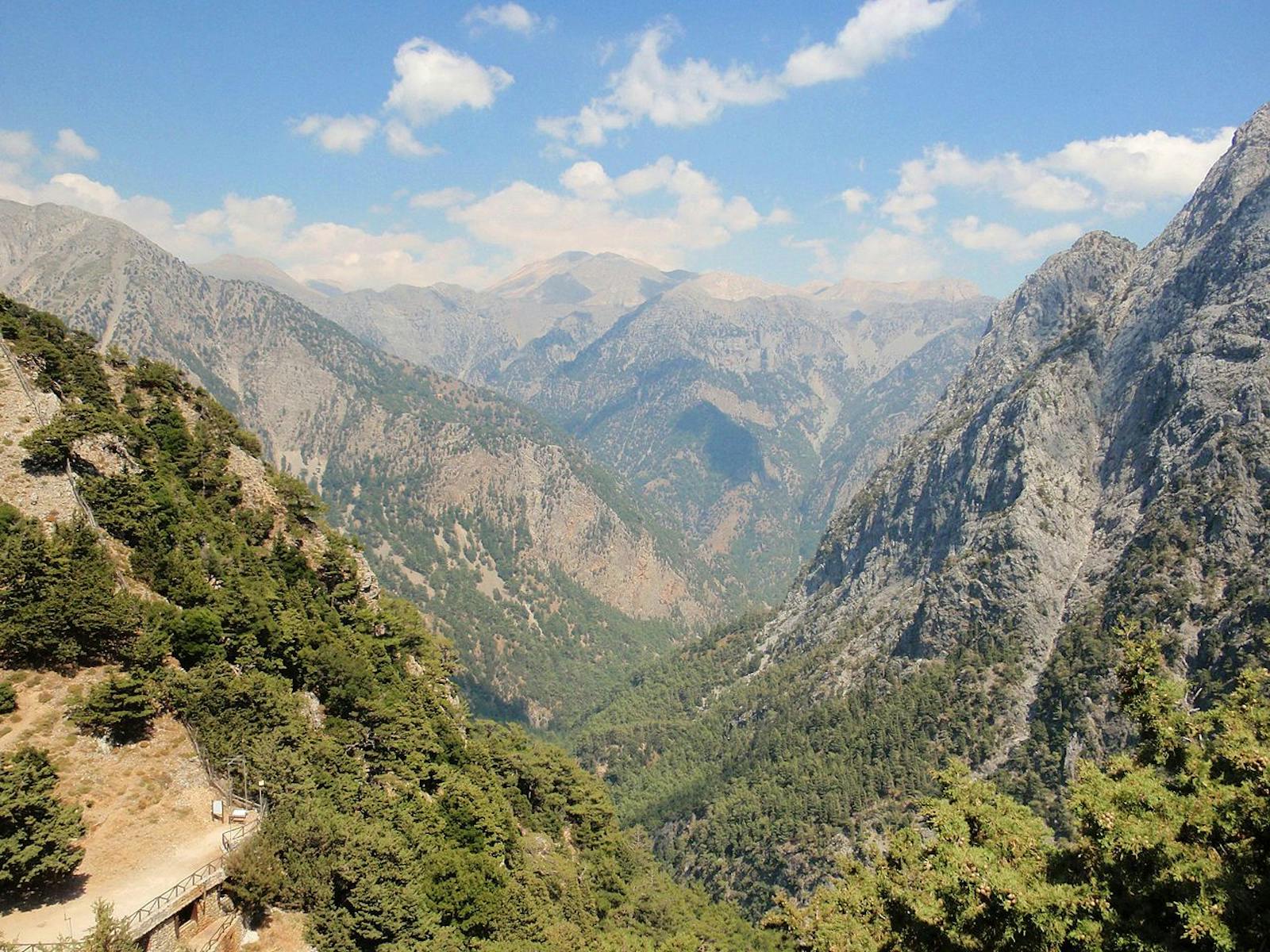
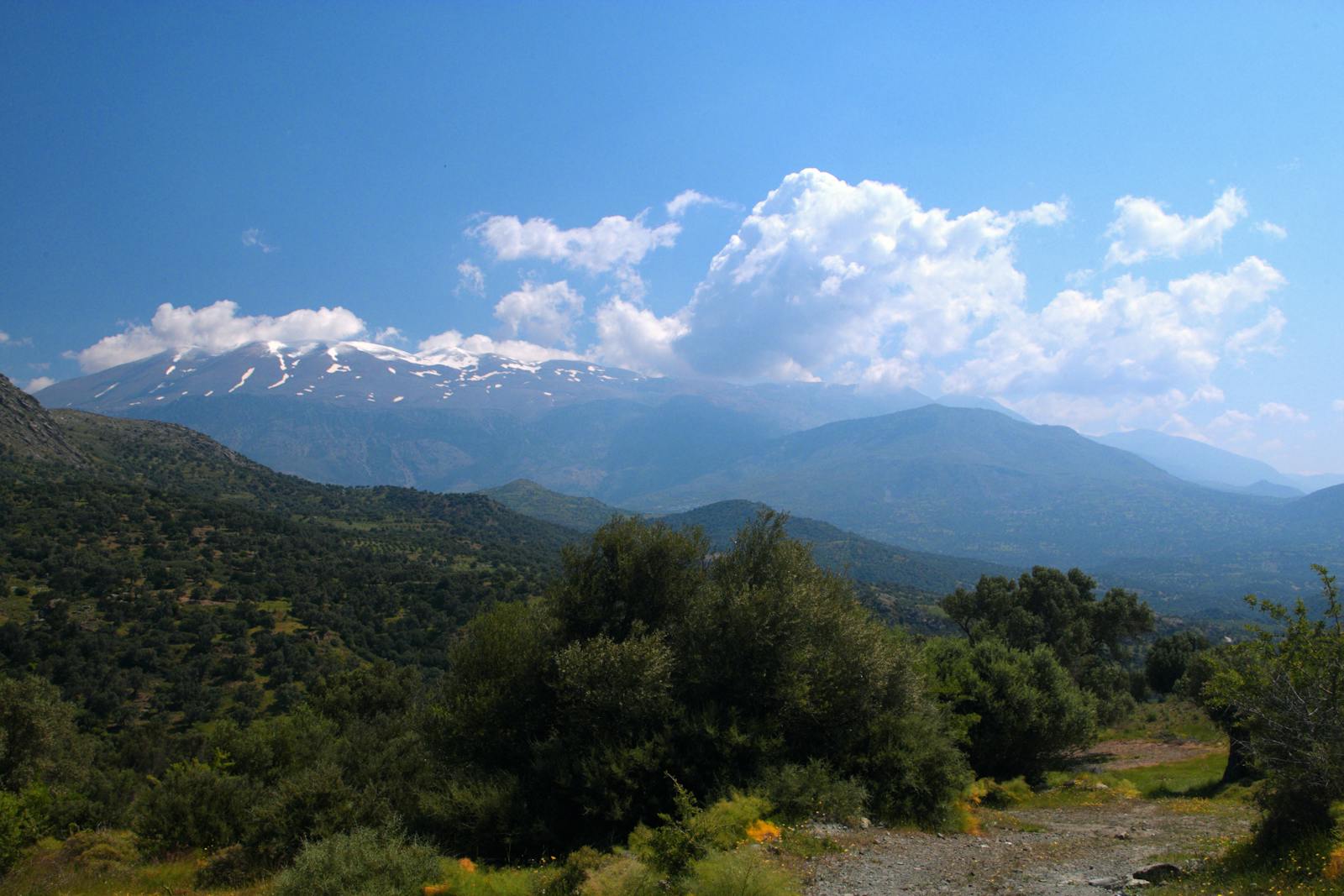
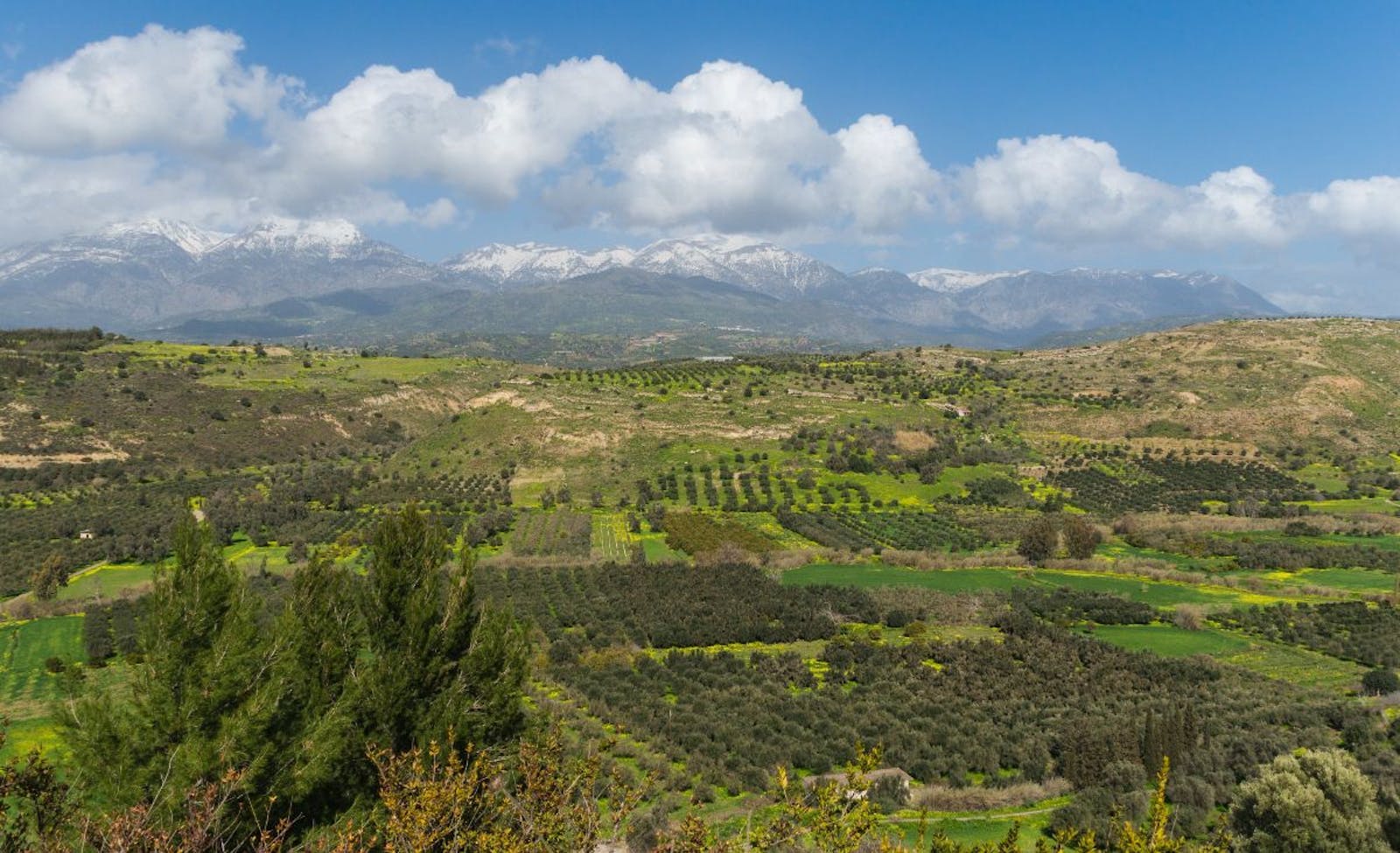
.png?auto=compress%2Cformat&w=300)

